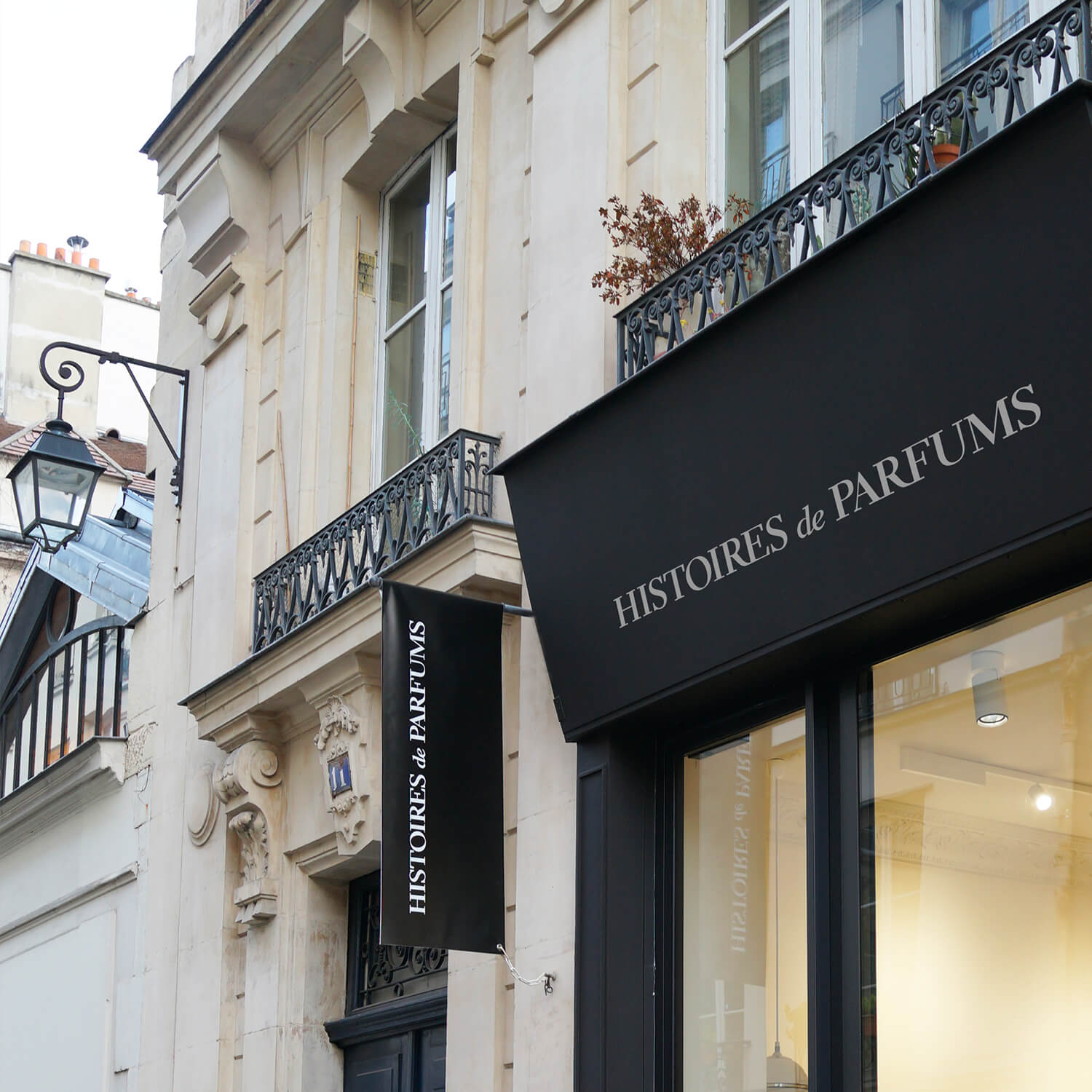Iris

The Plant
Iris belongs to the Iridaceous plant family which is made up of over two hundred species. The plant stands between 20 and 90 cm tall, and is planted in the beginning of autumn with a blossoming season that extends between May and July. The plant has a lifespan of five to 20 years.
Irises are particularly resistant to heat, and do not require much watering, unless exposed to scorching heat. The plant blossoms in well drained and calcareous soil.
Its ability to bloom in difficult conditions and with little care pushed it to be known as the poor man's orchid.
In Mythology
The Greeks believed that the goddess Iris was a messenger for the gods. Rainbows were the trail she would leave behind when travelling between Earth and the heavens. Mainly serving Zeus, she is also adored by Hera for always bringing her good news. This is why irises are associated with good luck. Iris is also the one whom, when Hera descends to Earth, waits for her return to Olympia and purifies her with perfume.
In Perfumery
Catherine de Médicis popularizes iris as a perfume in the XVIth century, by wearing iris scented gloves.She also goes on to create the "Cyprian Fledgling", which were objects shaped as birds, meant to be burned in order to mask unpleasant odors. Its main ingredients are : benzoin, oak moss, cypress, iris, and styrax.
The iris family has more than two hundred species, but only three are used in perfumery: the Iris from Tuscany, Verona and Florence, with the most desired being from Florence. The main countries of production are Italy, Morocco and France.
The extraction process for obtaining its essential oils is extensive. The plant needs a minimum of three years to grow and mature, and another three years to dry before the distillation process can begin.
Only the rhizome (the root) is used in the distillation process.Once the plant has dried, the oil isextracted through steam distillation.From this, we obtain a waxy paste called Iris butter. The plant yields very little, demanding 500 kg of rhizome to yield 1 kg of iris butter.
In order to obtain the purest form of iris, it is necessary to proceed with a vacuum-sealed steam distillation. Even then, however, the output is weak and requires 15 kg of butter to yield 1kg of pure iris.
The Iris's powdery scent is stored in the irone. Subtle, yet at the same time powerful, this moleculealso diffuses hints of sweet violet along with creamy and woody scents. In butter, the iris's irone concentration varies between 10 to 35%, while in its purest form, the irone is concentrated between 65 and 85%.
The iris's extensive harvesting and extraction period, along with its weak output, makes it one of the most expensive raw materials on the market. One kilogram of iris can cost up to 100 000 euros, putting it in the lead amongst other desired raw materials such as Oud and Jasmine.


اترك تعليقًا
This site is protected by hCaptcha and the hCaptcha Privacy Policy and Terms of Service apply.